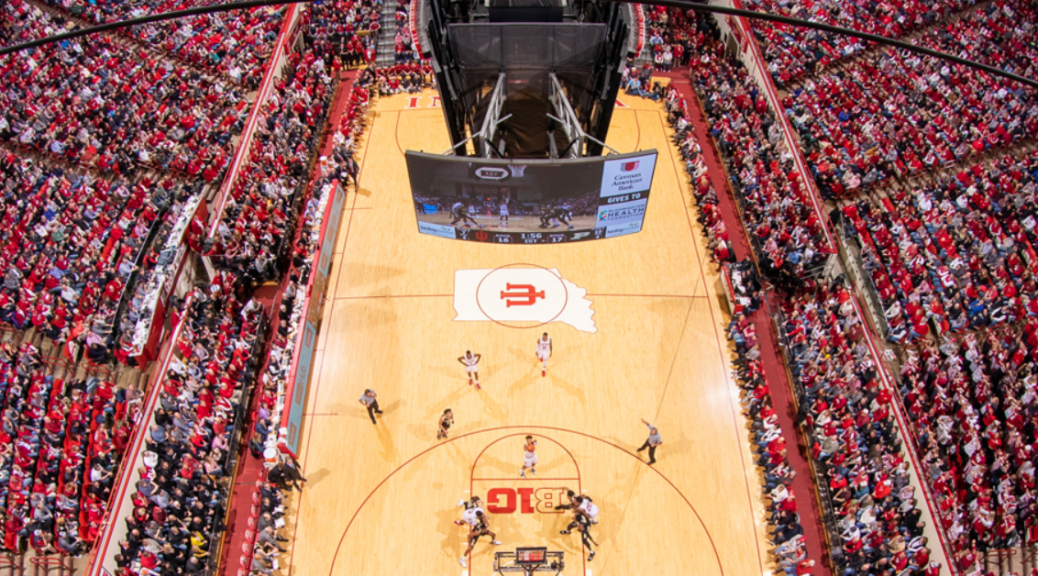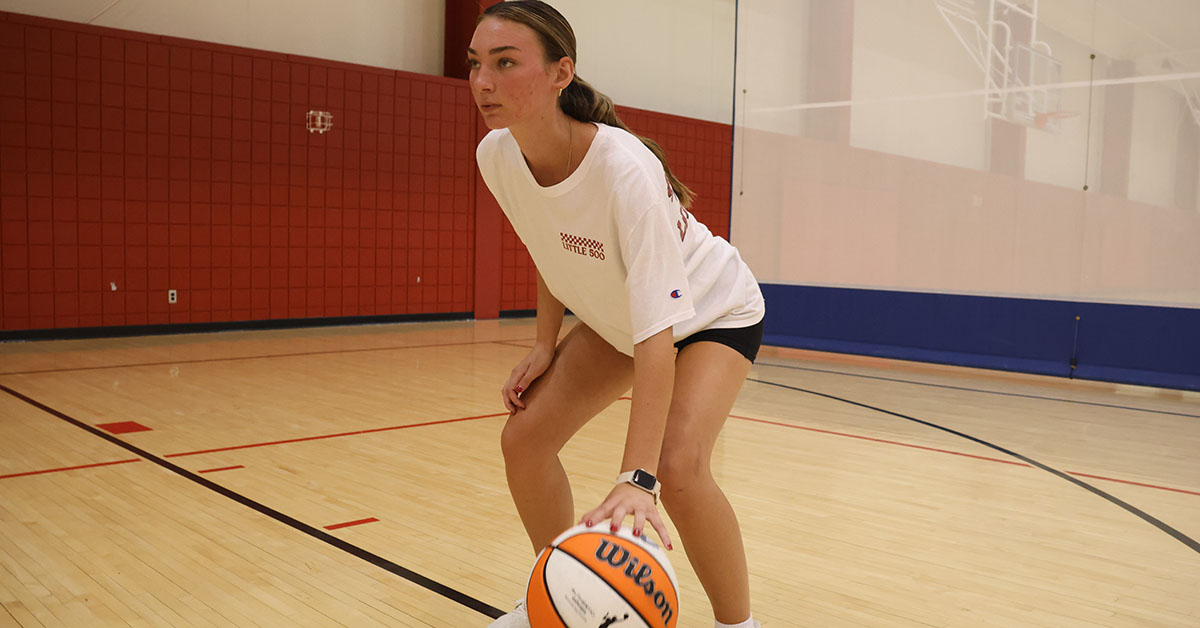How Bad do Athletes Really Want it When it Comes to the NIL?
By Kiera O’Reilly, Isabella Trine and Sophia Sessa.
BLOOMINGTON, Ind. (Oct 31, 2024)—Imagine you are just a junior in high school, sitting down at your kitchen table on the phone with a D1 sports coach officially offering you a spot on their team. Continuing your sport means it will become your whole life, but you don’t get anything in return in terms of financial support from your own performance. Not knowing what your future holds, and worrying about how to make money, however yet you put all your time and effort into that sport. Then, flash forward to the 2021 Supreme Court ruling, you will probably have no hesitation in what your next step will be.
In July of 2021, the Supreme Court ruled that NCAA athletes could capitalize and profit off of their name, image, and likeness- also known as NIL. Prior to that ruling, college athletes were not given the opportunity to receive any financial compensation for their own NIL, as it would go against the NCAA’s “amateurism” condition. Now with this opportunity being open for athletes, it’s up to the high school aged athletes to decide where they will attend, as well as the extent they want to push themselves to build their own NIL. Opening this up for college athletes, it creates room for brands to become sponsorships and give more attention to the athletes leading the athletes to continue getting compensated.
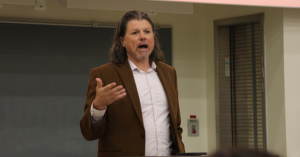
“Everybody in this room has the rights of publicity, you have the right to profit off your name, what you look like, and how your likeness is utilized within any form of media or advertising or business. This is not a case of new rights being granted to college athletes, it is instead the removal of restrictions that were being imposed by college athletic departments upon college athletes.” says Dr. Galen Clavio, a professor at Indiana University Bloomington and director of the National Sports Journalism Center at IU. Having this opportunity to open up for these collegiate athletes, it’s a much more of a motivation to continue to work on their own NIL and build what they have, while getting the deals and sponsors they are allowed to officially work with.
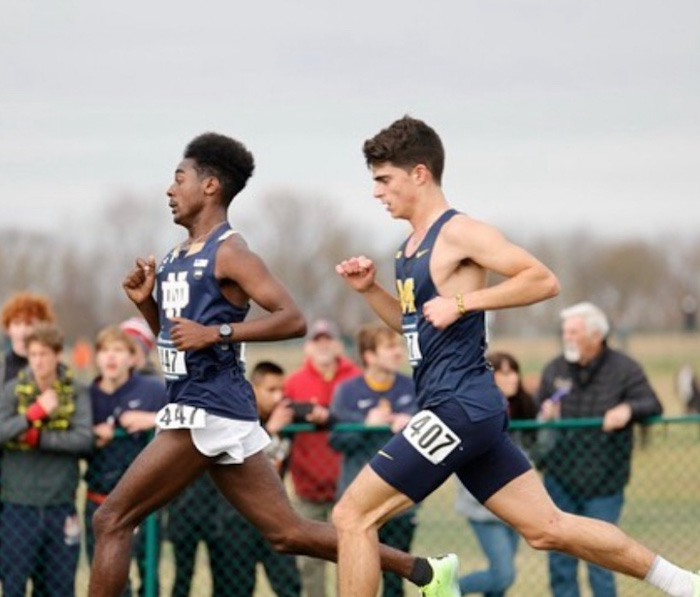
“I think the NIL is a great opportunity for collegiate athletes because they earned it but at the same time I hope this opportunity doesn’t ruin the experience of being an athlete.” says Izaiah Steury, cross country and track runner at University of Notre Dame. He suggests how the financial side of athletics shouldn’t be the main reason to work hard, rather than just doing what you’ve always loved. The NIL has had a very positive impact on college athletes, and is benefiting athletes to profit from all the hard work they have put in. Steury continues to go on and say, “I have not received any NIL money due to not putting enough effort into it.” This shows the dedication athletes need to put in from the recruiting process through their college athletic carrier to build their NIL.
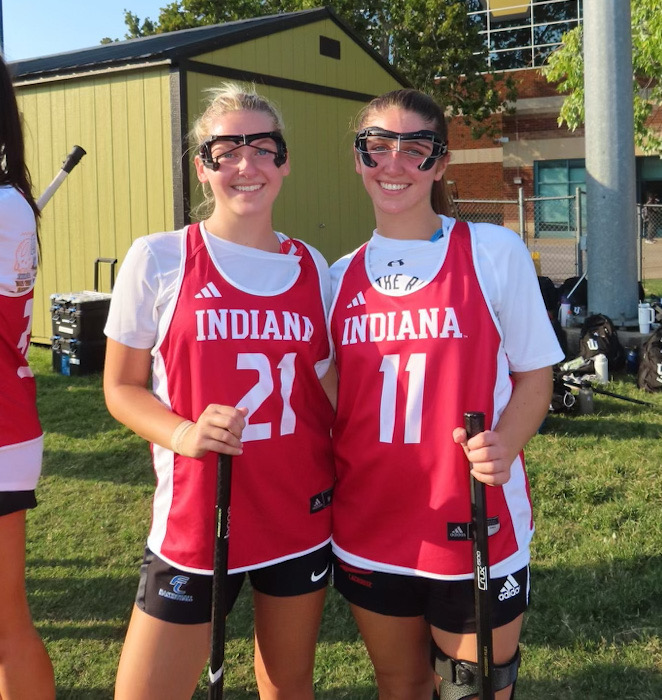
The sponsorship opportunities are just one of the many factors that play into how athletes are choosing where they will attend college, and how the recruiting process has had to adapt to the new landscape of college athletics. “I think it one hundred percent impacts the transfer portal. When you are at a bigger school, you have more offers from more brands.”, says Olivia Gall, current Indiana University student and lacrosse player for Indiana University. With that being said, due to the NIL, it can be harder for smaller and less known universities in comparison for example a Big 10 school even if they are equal at athletics. Brands want to get their products and names out to the public, collabing with well known athletes benefits both parties which is what they want.
When looking at Indiana University and these other well known, big D1 schools have a much higher chance to recruit these top athletes not because of their athletic departments, but as well as the NIL benefits the athletes will gain.
Individuals going throughout their day while walking on Kirkwood were interviewed on their point of view on the NIL.
###



